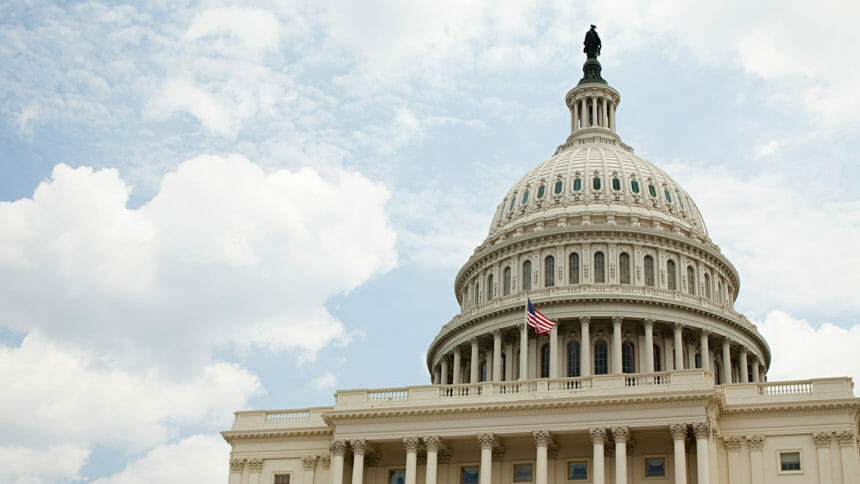
Cynthia Morton is on the verge of a crazy few months to finish 2022.
The executive vice president of the National Association for Long Term Care is about to help kick off the 33rd NASL National meeting Oct. 9-11 in Nashville then continue lobbying Congress to advance the wishes of NASL and its like-minded healthcare advocacy groups.
Morton said the group’s top priority is getting Congress to ask Centers for Medicare & Medicaid Services to mitigate a proposed 4.4% cut to physician fee schedules covered by Medicare Part B, which pays for doctor visits, therapy and some equipment costs. The bill they want passed is called the SMART Act, and it would address cuts specifically for rural and medically underserved areas.
“The logic here is that’s where we have the greatest shortage of clinicians so let’s give facilities in those areas a bit of a break on this cut so they have more resources to hire the clinicians they need,” said Morton.
“We’d like them to take away the entire cut, but Congress has a lot of healthcare priorities every year but especially this year. We’re asking Congress to take away the whole cut or as much as they can.”
Vote and then decide
Morton said she doesn’t expect any real movement before early November.
“What’s realistic is, we don’t expect Congress to take action before the mid-terms (elections) because members want to go home and politic, but we are anticipating there’ll be some level of a lame duck session and during that session in November or December, that’s when we expect Congress to address these Part B physician fee schedule cuts,” she said.
Morton said this would be the third straight year of such a cut; Congress has mitigated the reductions the previous two years.
“They’re moving some money around and trying to focus on primary care,” Morton said. “They’re trying to fund areas (there). There’s only so much money, and when CMS wants to better fund one area, they have to take it from another.”
Recent history shows Congress taking action on healthcare issues at year’s end, noted Morton, so between now and then, the letter writing and visits to Congressional offices in Washington, DC, will continue.
“We’re looking for help a third time,” she said. “They’re telling us through a lot of these meetings they have fatigue helping providers. When they want to spend money, they have to cut somewhere else. They’re tired of finding those offsets.”
The cut would hurt facilities and residents because it reduces resources to hire more staff. In addition, less money for therapists hurts residents because fewer appointments means their rehab and return to home takes longer.
“You can’t serve all the patients,” she said. “You have to decide who needs it the most and start there. That’s not good for patients, but it also takes a toll on staff because their No. 1 thing is to serve patients.”
Saw this one coming
Morton said NASL and many other healthcare groups want Congress to keep telehealth access as wide as it has been since a CMS waiver during the pandemic expanded telehealth beyond doctor’s services and rural areas. If the public health emergency is extended to January, there will be 151 days more of the telehealth pandemic rules. Morton said everyone in healthcare seems to want Congress to pass a law making the pandemic telehealth rules permanent.
“It’s a priority to educate Congress what an incredible help and tool telehealth was,” she said. “It kept therapy going for patients when they were stuck in their rooms.”
Morton added that expanded telehealth helps LTC recruit and retain personnel as well. For instance, if a therapist wants to work at a county hospital but not the nursing home, it’s more attractive to the candidate to be able to telehealth nursing home patients and thus be more likely to accept the job.
“It helps quite a bit with the workforce shortage,” she said. “It’s also patient satisfaction.”




